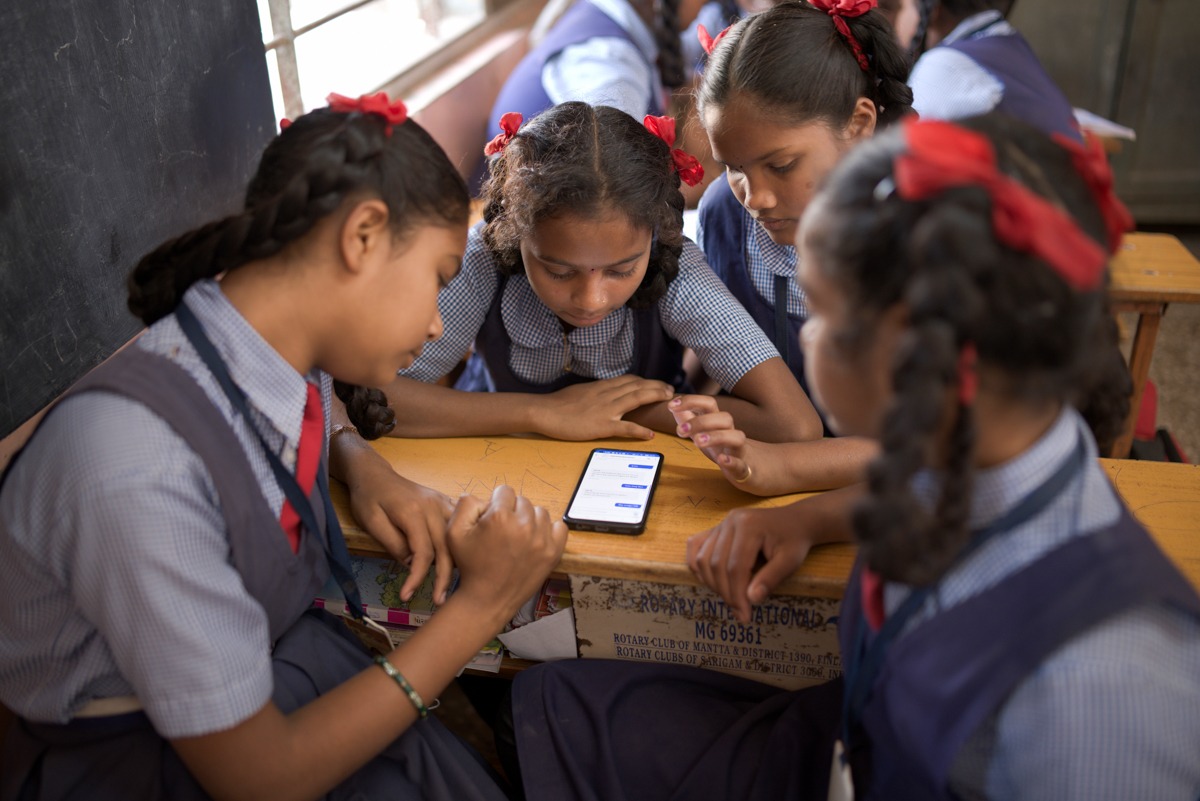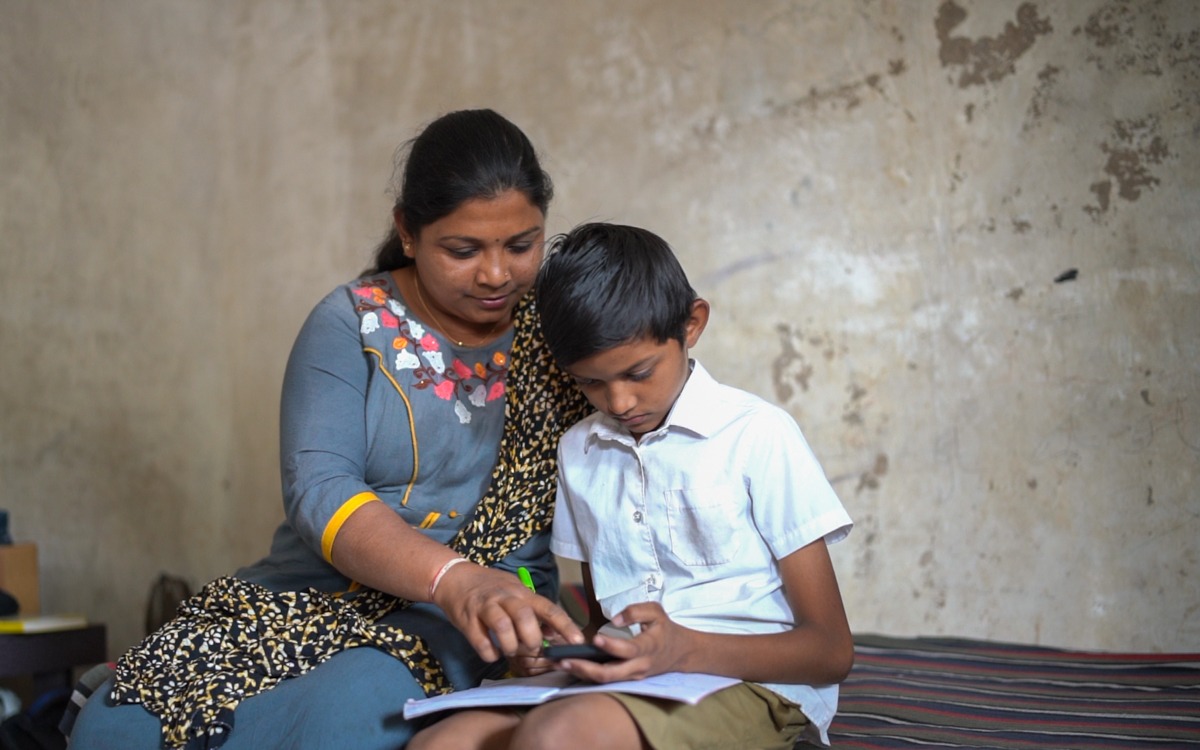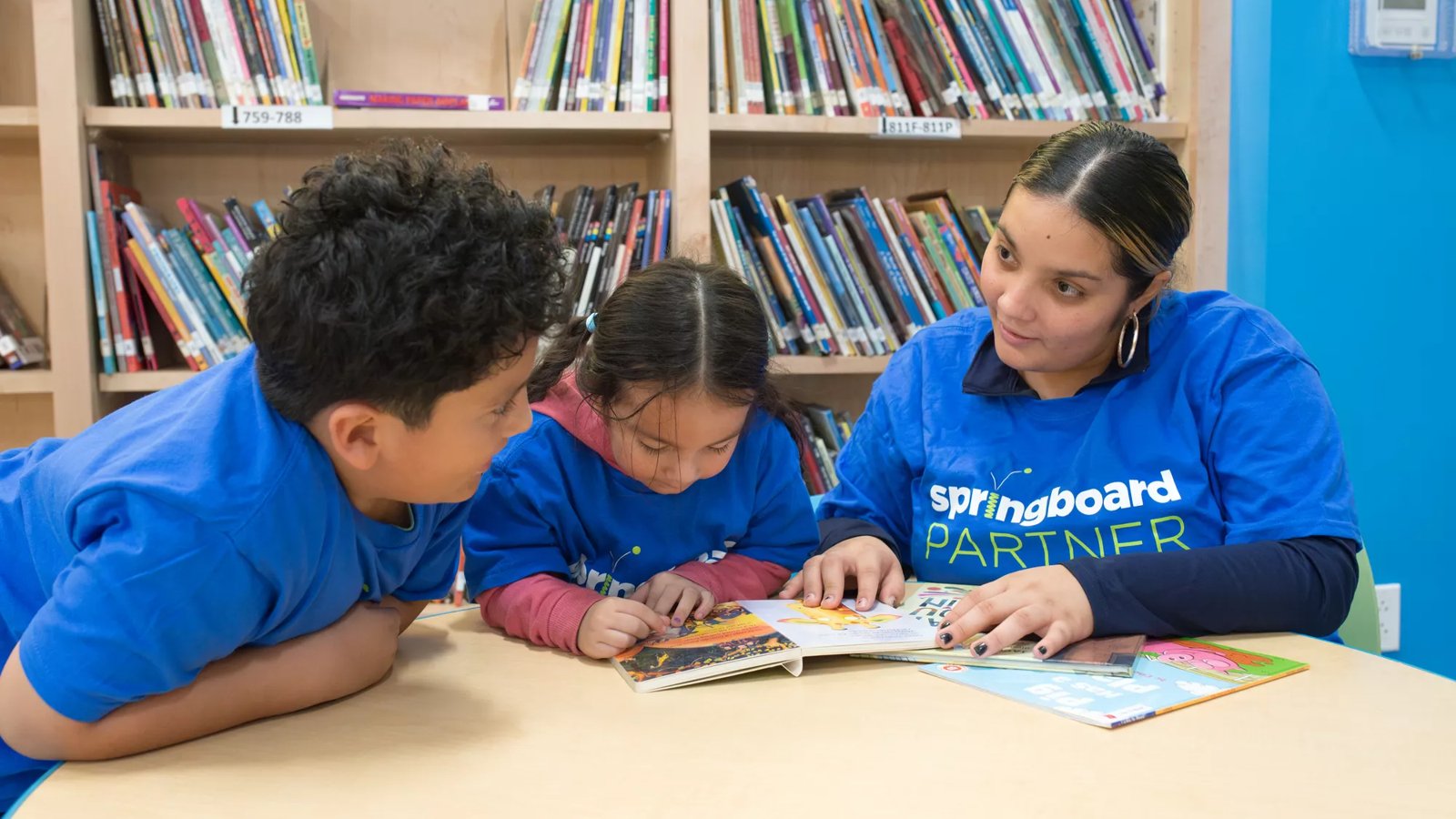Using Data to Build a Stronger Teaching Pipeline

Overview
The Bharat EdTech Initiative (BEI) has reached 200,000 underserved students with tailored solutions, boosting engagement by 60 percent. By optimizing content for low bandwidth, providing teacher nudges, and supporting parental engagement, BEI reduced dropouts and improved learning outcomes.
Education technology holds the promise of improving learning outcomes through personalized and adaptive learning on a large scale. This potential has been reinforced by recent studies, including a randomized evaluation of Mindspark, a computer-based adaptive learning platform, as well as the Educational Initiatives and Pratham Infotech Foundation’s in-school intervention in the Quality Education India Development Impact Bond.
Despite this promise, the impact of edtech on students from underserved communities leaves much to be desired. Fewer than 30% of these students actively use any edtech products. Four main reasons contribute to this low uptake: 1) limited device and data availability, 2) the high price point of edtech solutions, 3) limited solutions suitable for the needs of underserved students, and 4) lack of guidance and structure available for using edtech.
In response, both the government and philanthropic organizations have launched focused efforts to overcome these challenges. Some of these key initiatives include the National Education Policy’s emphasis on technology to improve learning outcomes and large-scale procurement and provision of tablets, data and software solution, such as Haryana government’s E-Adhigam, Centre Square Foundation’s Bharat Survey for EdTech for policymakers and edtech companies, and ACT’s focus on supporting edtech designed specifically for students from low-income backgrounds.

Chhaya shares her smartphone with fellow classmates to solve daily quizzes on an edtech app supported by BEI.
Building on this foundation, Bharat EdTech Initiative (BEI) launched in August 2021 as a collaborative effort bringing together on-ground community organizations and high-quality edtech solution providers to promote at-home edtech-based learning for students from underserved communities. BEI specifically addresses the high cost of edtech solutions and the lack of guidance and support for effective, consistent home use of edtech.
BEI’s approach includes optimizing edtech solutions with the most compelling content and features, and having the right support in place to increase engagement and ensure students are getting the most value out of these tools.
The Content Students Want, the Features They Need
Over two years, BEI has offered seven high-quality products to approximately 200,000 students, all of whom were from government and affordable private schools. As we learned from the feedback provided by students, teachers, and parents, including engagement data, curriculum-linked products were considered the most relevant by students. These products align seamlessly with what students are learning in school, so they see immediate value in them.
The initiative has also seen increased adoption and engagement with remedial content reinforcing foundational skills, materials in local languages, and where users are able to access content across grade levels. Product features optimized for low bandwidth, such as a focus on practice over live video lectures, had greater usage, with weekly active users increasing by 16% compared to other products.

Hardik and his mother reviewing science lessons on an edTech platform that partners with BEI. His mother is a strong pillar of support for him in this journey, checking his scores, and staying in touch with BEI’s volunteers to improve his at-home learning.
Boosting Early and Ongoing
Outside the classroom, students are used to tackling homework on their own – but getting them to engage with edtech tools at home is a different ask altogether. BEI adopted three strategies to set up students for success:
- Intensive support during the first month to familiarize students and parents with the edtech and help establish consistent habits and routines.
- Ongoing engagement initiatives, including digital nudges, phone calls, and regular interactions with the primary influencer, be it a teacher, parent, or community volunteer.
- Sharing engagement and learning data with relevant stakeholders to effectively integrate online and offline learning.
While both parents and teachers have an important role to play in encouraging students to engage with the platform, teacher-led nudges were found to be particularly effective, resulting in up to 45% higher engagement. These efforts reduced the three-month drop-out rate from 45% in the first year of the initiative to 6% in its second year. Additionally, the number of weekly active users jumped from 25% in the first year to 60% in the second year.
The Impact and Way Ahead
Moving forward, the emphasis on edtech should extend beyond merely facilitating access. Putting tools into students’ hands is a critical first step, but edtech solutions must be optimized with relevant and high-quality content and features, and early and ongoing efforts are needed to ensure student engagement. Unlocking the full potential of edtech will result in a more equitable and effective education system.




